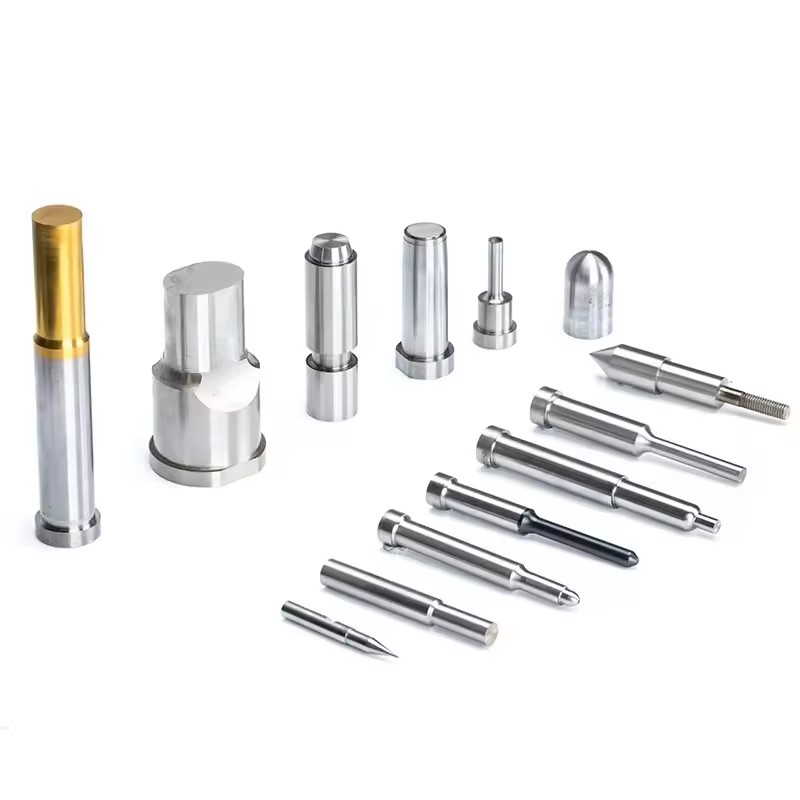NEWS
SKH51 is a high-speed steel, also known as W18Cr4V, containing 18% tungsten, 4% chromium and 1% vanadium. Due to its high hardness, high toughness and excellent wear resistance, SKH51 is widely used in the manufacture of molds, cutting tools and drill bits.

It should be noted that due to the high tungsten content of SKH51, its price is relatively high. In addition, due to its high hardness and difficulty in processing, the manufacturing cost is relatively high.
Applicable scenarios: Since SKH51 has excellent hardness and wear resistance, it is most suitable for manufacturing punches that require high precision and long life. For example, punches for mirror stamping, high-speed stamping and mass production.
Therefore, the SKH51 punch is suitable for cold stamping design and stamping. It has good toughness and high hardness. The SKH51 punch is used to punch stainless steel with a thickness of 6mm or more. It is very durable and has 3 times more punches than SKD11.
SKD11 steel
SKD11 is a cold work die steel, also known as D2 steel, containing 1.5% carbon, 12% chromium and 0.2% molybdenum. Due to its high hardness, good toughness and strong corrosion resistance, SKD11 is widely used in the manufacture of cooling molds, hot pressing molds and cutting tools, etc.

It should be noted that due to the high chromium content of SKD11, its price is relatively high. In addition, due to its high hardness, it is difficult to process and therefore the manufacturing cost is high.
Applicable scenarios: Since SKD11 has excellent hardness and corrosion resistance, it is most suitable for manufacturing punches that require high hardness and high corrosion resistance. For example, they are used to make punches for materials such as stainless steel, aluminum alloys and titanium alloys.
To sum up, both SKH51 and SKD11 materials can be used to make punches, but they are suitable for different use environments and requirements. When selecting materials, you also need to consider the conditions of the processing equipment and tool materials to ensure that the punch produced meets the requirements.
Leave A Message
If you are interested in our products and want to know more details, please leave a message here, we will reply you as soon as we can.
